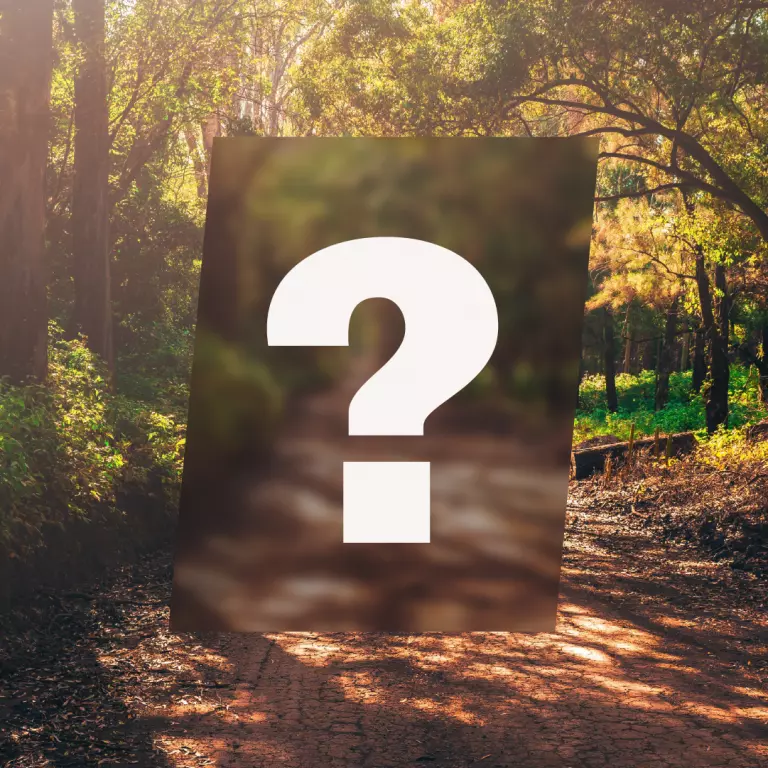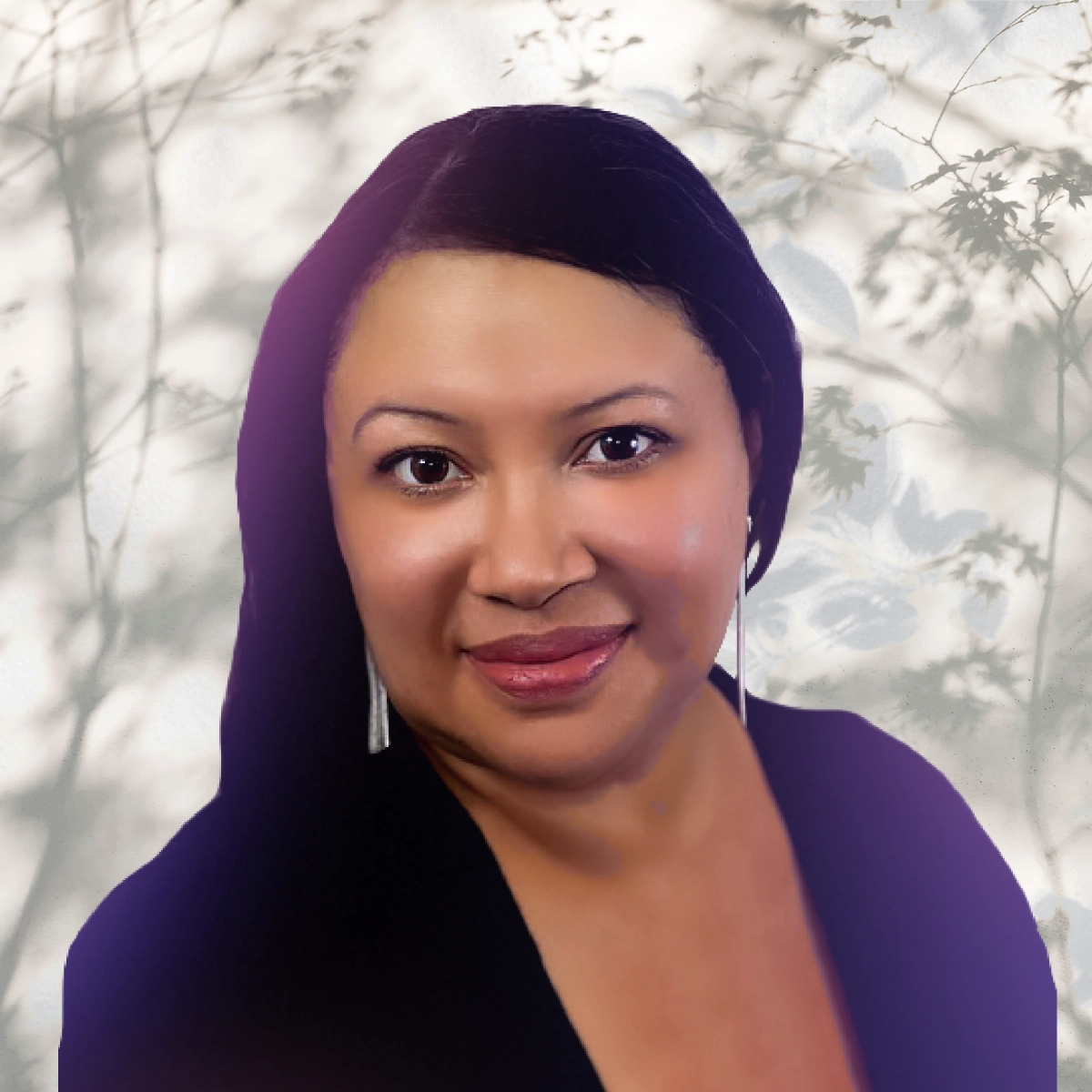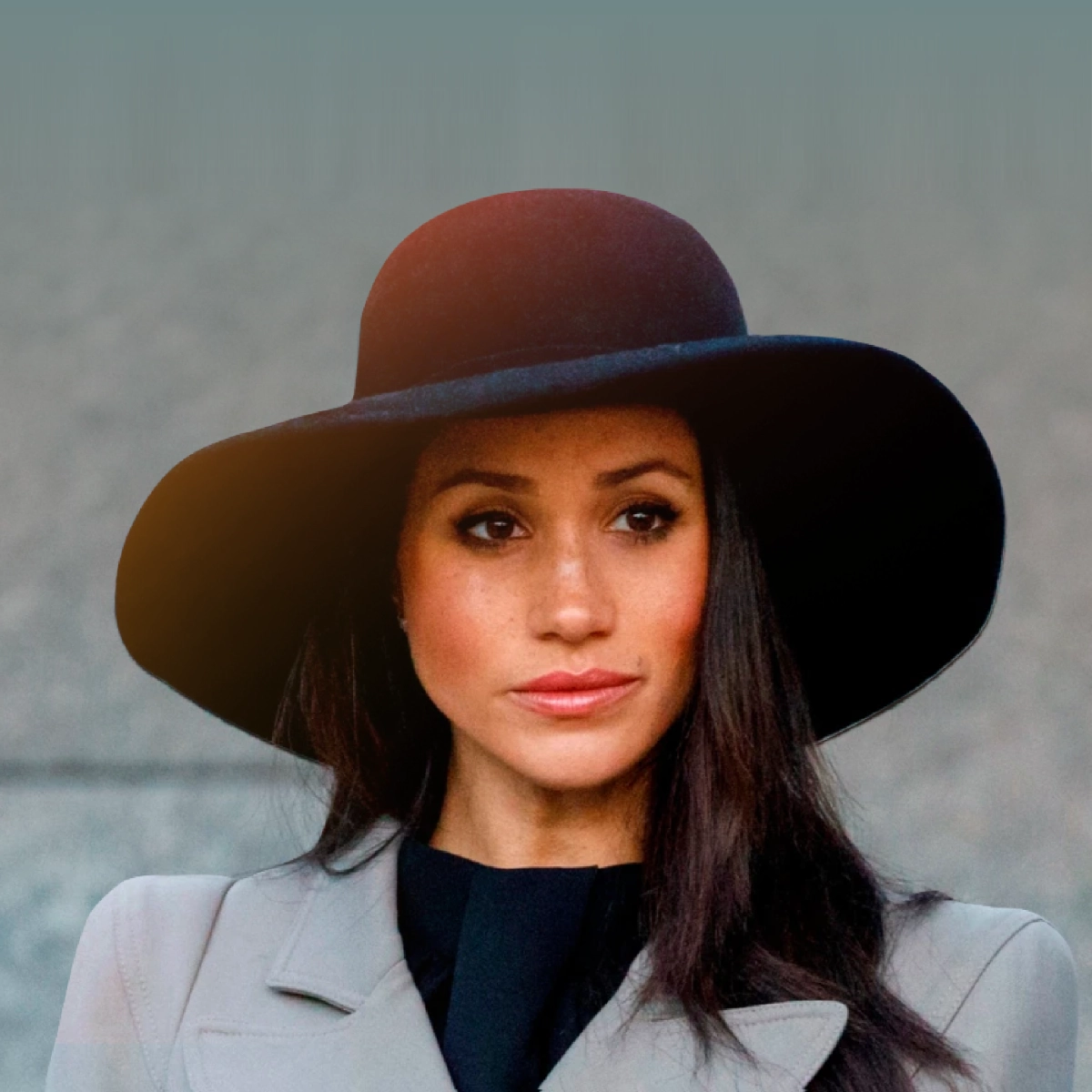For the first time in a decade, the Census Bureau captured the most comprehensive look at who lives in America. The multiracial population has changed a great deal from 9 million people in the 2010 Census, skyrocketing by 276% to 33.8 million people in the 2020 Census. From the rise of interest in ancestry–thanks to DNA services such as 23andMe–to the growing number of interracial marriages, this uptick came as no surprise to the Census Bureau. But to everyday Americans, this rise made our identities feel seen. As America tries to be a more inclusive and equitable melting pot, now more than ever, a path for a new American culture is beginning to be paved.
The uptick in the multiracial category came from the Census Bureau realizing the complexity of the country’s population. The 2000 Census was the first year that Americans were given the choice of marking all race categories with which they identified, resulting in the first decennial counts of multiracial persons. By providing space for Multiracial Americans to identify themselves beyond a single checkbox fully, the Census Bureau collected and analyzed more detailed data in the coming years.
Between the 2000 and 2010 Census data, there was an examination of changes in specific race combination groups. People who identified as White and Black or African American (increasing by 134% during that decade) and people who identified as White and Asian (rising by 87% that decade) have grown tremendously since the 2000 Census. This growth catalyzed the significant changes in numbers among people who would identify as more than one race in the following decade. Spanning beyond the spectrum of skin tone, cultures, and traditions, while still perplexed by the challenges that come from being at the intersection of two or more races, a more diverse survey finally addresses the question, “So what are you?”
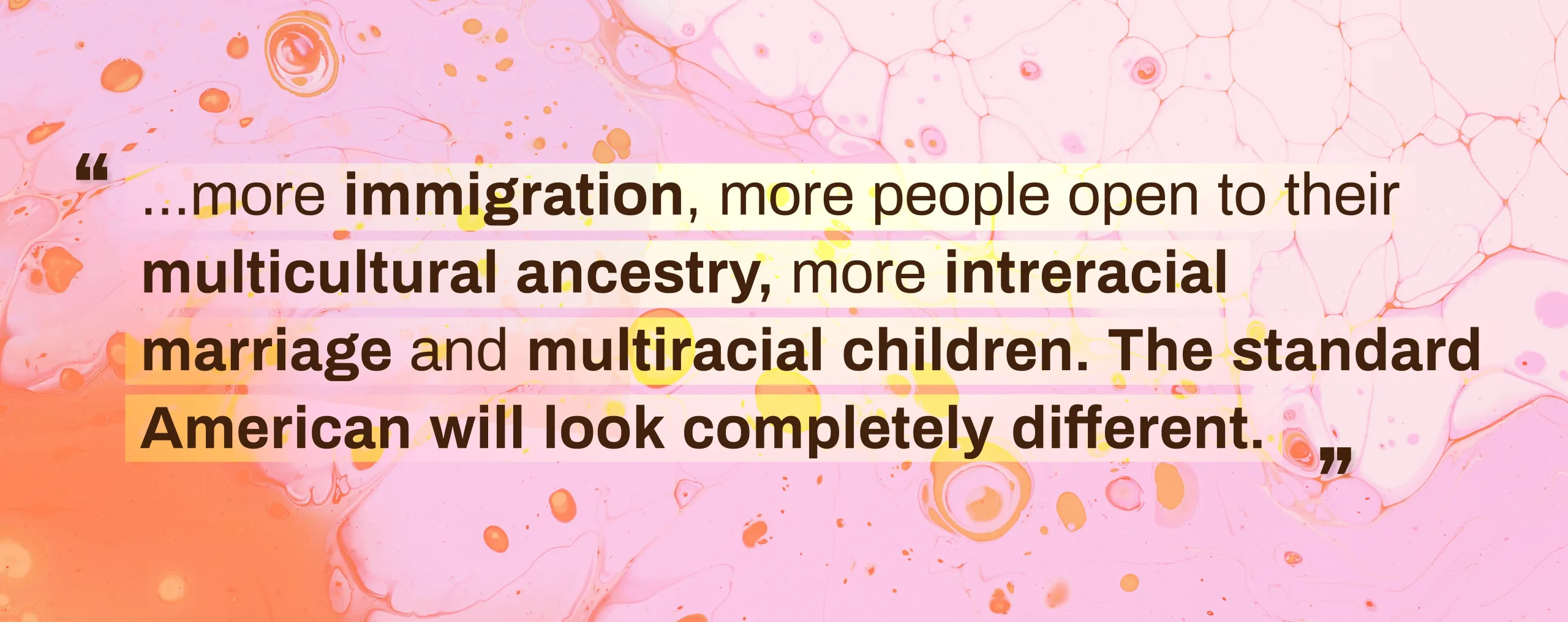
According to the results of the 2020 Census Bureau, the “in combination” multiracial populations, for all race groups, accounted for most of the overall changes in each racial category:
“Asian alone” were the following largest racial populations along with the “in combination” group at 24 million people “American Indian” and “Alaska Native alone” or “in combination” group came in at 9.7 million people “Native Hawaiian” and “Other Pacific Islander alone” or “in combination” group at 1.6 million people “Hispanic or Latino” population, which includes people of any race, was 62.1 million people Coupled with the 5.8 million respondents who identified as “Black or African American in combination” with another race group, such as white or American Indian and Alaska Native, the Black or African American alone or in combination population totaled 46.9 million people
– “Asian alone” were the following largest racial populations along with the “in combination” group at 24 million people
– “American Indian” and “Alaska Native alone” or “in combination” group came in at 9.7 million people
– “Native Hawaiian” and “Other Pacific Islander alone” or “in combination” group at 1.6 million people
– “Hispanic or Latino” population, which includes people of any race, was 62.1 million people
– Coupled with the 5.8 million respondents who identified as “Black or African American in combination” with another race group, such as white or American Indian and Alaska Native, the Black or African American alone or in combination population totaled 46.9 million people
The white population declined by 2.6%, but they are still the majority race in America. This is the first significant drop since the 1960s. Previous to that time, the United States enforced strict ethnic quotas to appear predominantly Northern and Western European. However, this drop shouldn’t be considered a loss of millions of white Americans, replaced by minorities. More white Americans have multiracial children and grandchildren, while others during the 2020 Census recognized themselves as multiracial instead of single-race white. Today, “white” can be considered in four ways:
1. non-Latino single-race white people
2. non-Latino including multiracial people
3. all single-race white people, including Latinos
4. all white people, including Latinos and multiracial individuals.
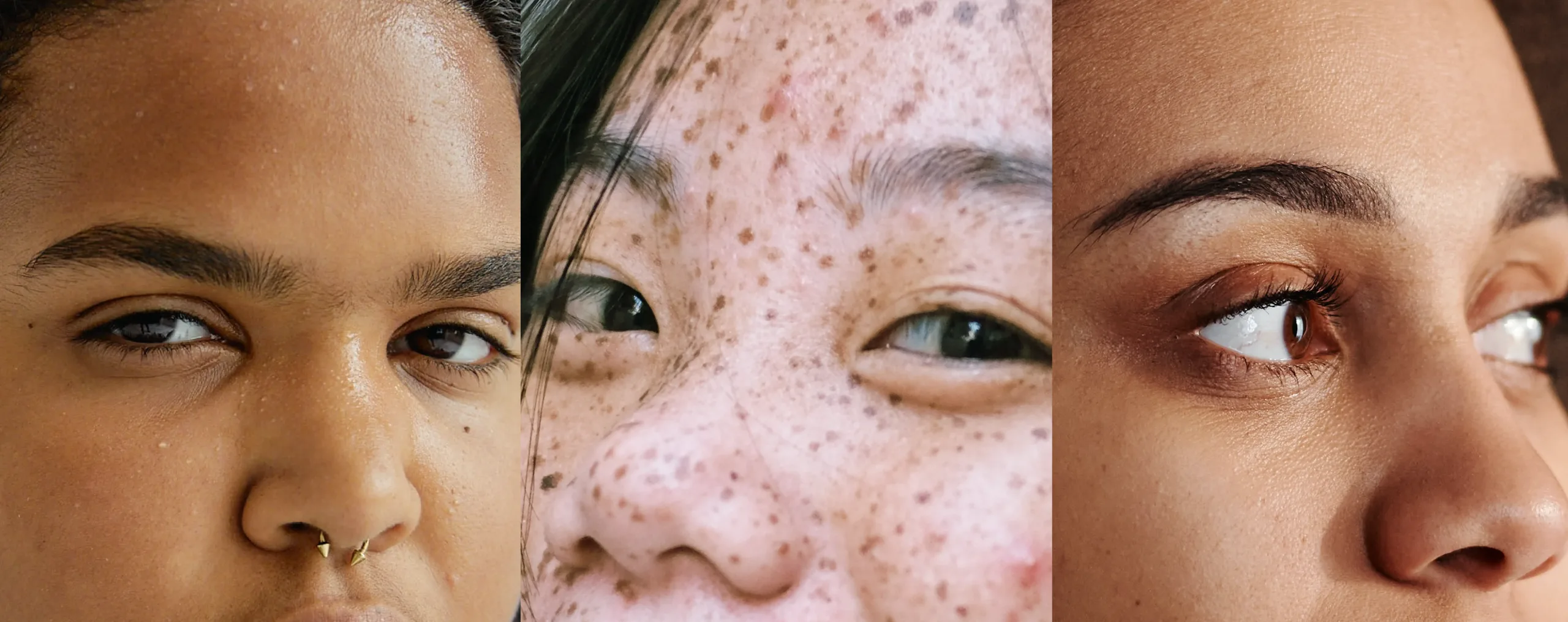
Interracial couples are also on the rise in America. As a result of the increased immigrant populations and the legalization of interracial marriage since Loving vs. Virginia in 1967, it has only taken five decades for the broader acceptance of interracial relationships. The future children and grandchildren of today’s interracial couples are leading the way for future generations of a multiracial America.
Census experts have expressed skepticism about the sudden surge in multicultural Americans. According to NPR Correspondent Hansi Lo Wang, the 2020 Census was the cumulative result of “a hot mess,” due to the pandemic and the former Trump Administration trying and failing to add new citizenship questions to the forms all at once–overarching in its intention, but flawed in its last-minute execution. To fix this, the Biden administration is creating new regulations to protect the Census Bureau from any meddling from the U.S. Department of Commerce. Despite the mishaps, Americans are self-reflective in considering their entire ancestry as part of their identity, not just whiteness. The amount of downtime that the stay-at-home orders afforded us may have inspired self-reflection.
Many Americans see this rise as a way of seeing the future of America: more immigration, more people open to their multicultural ancestry, more interracial marriage, and multiracial children. The standard American will look completely different, which is hopeful of a better future. The new path of how we exist in America will certainly not undo years of oppression and discrimination. But what it can do is create opportunities for people to connect as humans. As a mixed-race America, we can look forward to finding more things in common amongst one another.


